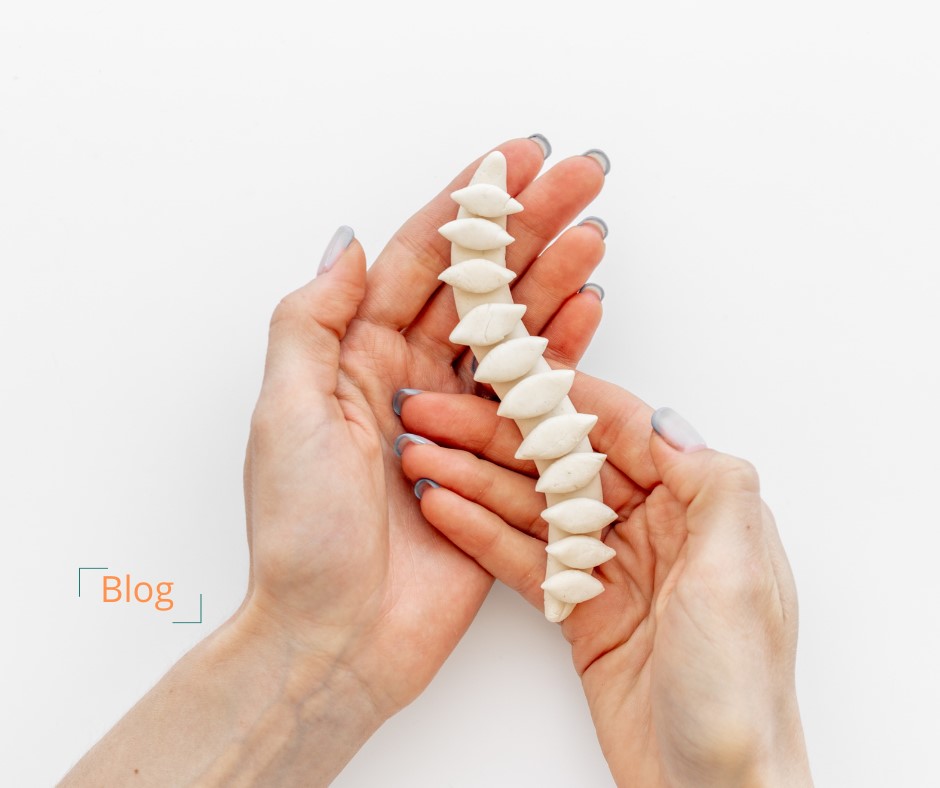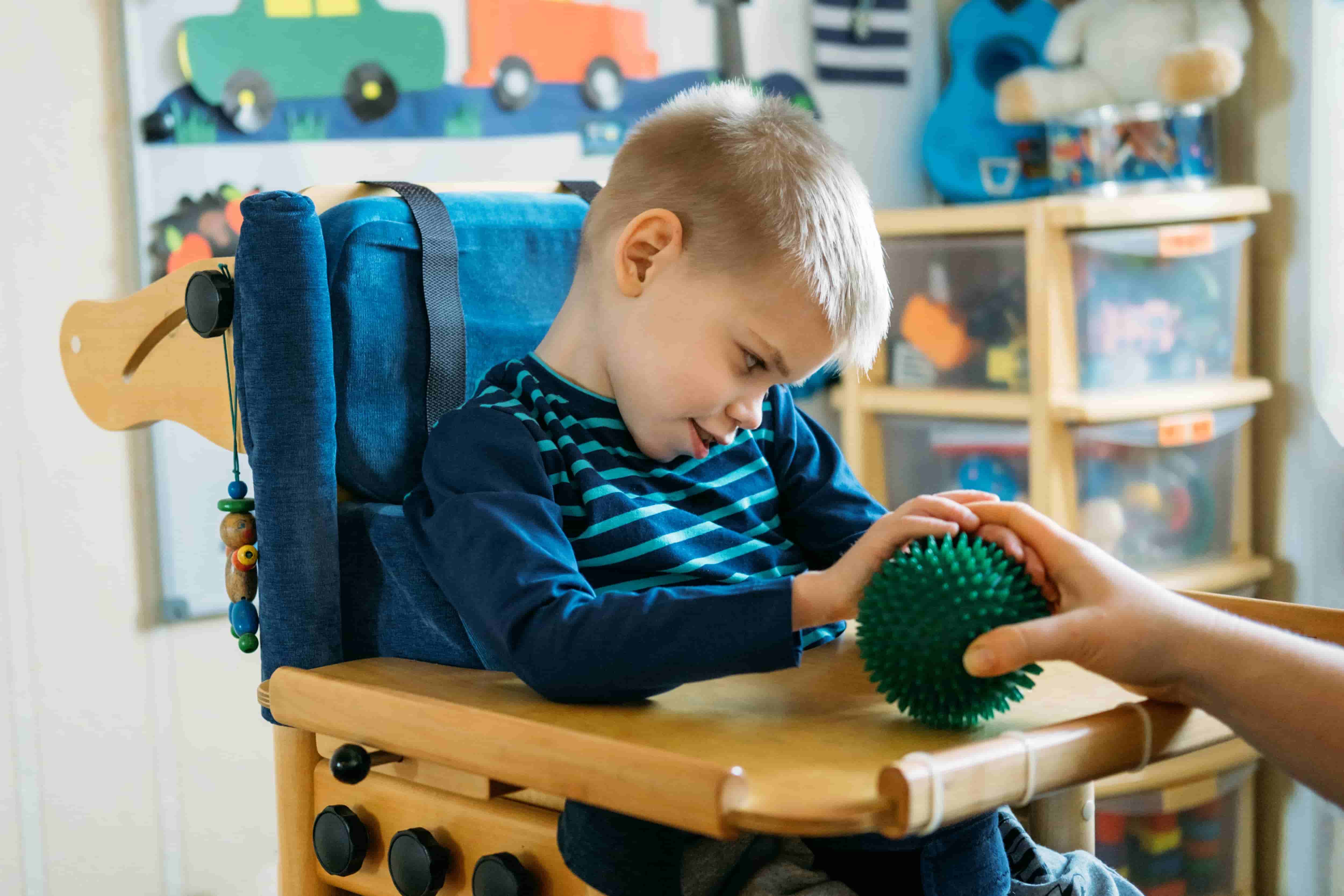
Understanding Spina Bifida: Causes, Symptoms, and Treatment Options
Spina Bifida (split spine) is a congenital condition that affects the spine and spinal cord development. It is a birth defect where the spinal cord and spine don’t form properly, potentially leading to varying degrees of physical and neurological impairments. It occurs when the neural tube, which forms during early pregnancy, fails to close properly.
Causes of Spina Bifida
Spina Bifida can have several causes, including genetic and environmental factors. While the exact cause is unknown, researchers believe that a combination of genetic predisposition and environmental factors play a role. Folic acid deficiency during early pregnancy is considered a significant risk factor. Other factors that may increase the risk of spina bifida include maternal diabetes, certain medications, obesity, and exposure to high temperatures during pregnancy.
Symptoms and Types of Spina Bifida
Spina Bifida can manifest in different ways, depending on its severity and the location along the spine. The most common type is called myelomeningocele, which involves the protrusion of the spinal cord and meninges through an opening in the back. This condition often leads to paralysis, bladder and bowel control issues, and orthopedic complications. The symptoms include:
• The brain and spinal cord can be harmed by hydrocephalus, an accumulation of fluid in the brain. This may be connected to a learning disability.
• Paralysis or muscle weakness in the legs can result from the spinal nerves being exposed and damaged, leading to mobility issues.
• Urinary and bowel continence may be affected by bladder and bowel disorders because the nerves that govern those functions may not have grown properly.
• Skin problems caused by decreased sensation in the legs and feet, such as infected blisters and pressure sores, are other spina bifida-related problems.
Other types of spina bifida include meningocele, where only the meninges protrude, and Spina Bifida occulta, which is the mildest form and often goes unnoticed due to lack of visible symptoms.
Diagnosis and Treatment
Spina Bifida can be diagnosed before birth through prenatal testing, such as ultrasound and amniocentesis. Early detection allows for better planning and preparation for the child’s future medical needs. Postnatal diagnosis is also possible through physical examination and imaging tests.
Treatment options for this condition focus on managing symptoms and preventing complications. This may include surgical intervention to repair the opening in the spine, physical therapy to improve muscle strength and coordination, and assistive devices to aid mobility. In cases of myelomeningocele, shunt placement may be required to manage hydrocephalus, a condition characterized by excessive cerebrospinal fluid buildup in the brain.
Living with Spina Bifida
Living with spina bifida requires a multidisciplinary approach involving healthcare professionals, therapists, and support groups. Ongoing medical care, adaptive equipment, and assistive technology can enhance independence and quality of life for individuals with the condition. Early intervention and ongoing support are essential for optimizing long-term outcomes.
Spina Bifida is a complex condition that affects the spinal cord and can vary in severity. By understanding the causes, symptoms, and available treatment option, individuals with the condition and their families can make informed decisions and access the necessary support for managing this condition effectively.
Chetna Foundation supports individuals with special needs which include children and young people with Spina Bifida.
| Tweet |





